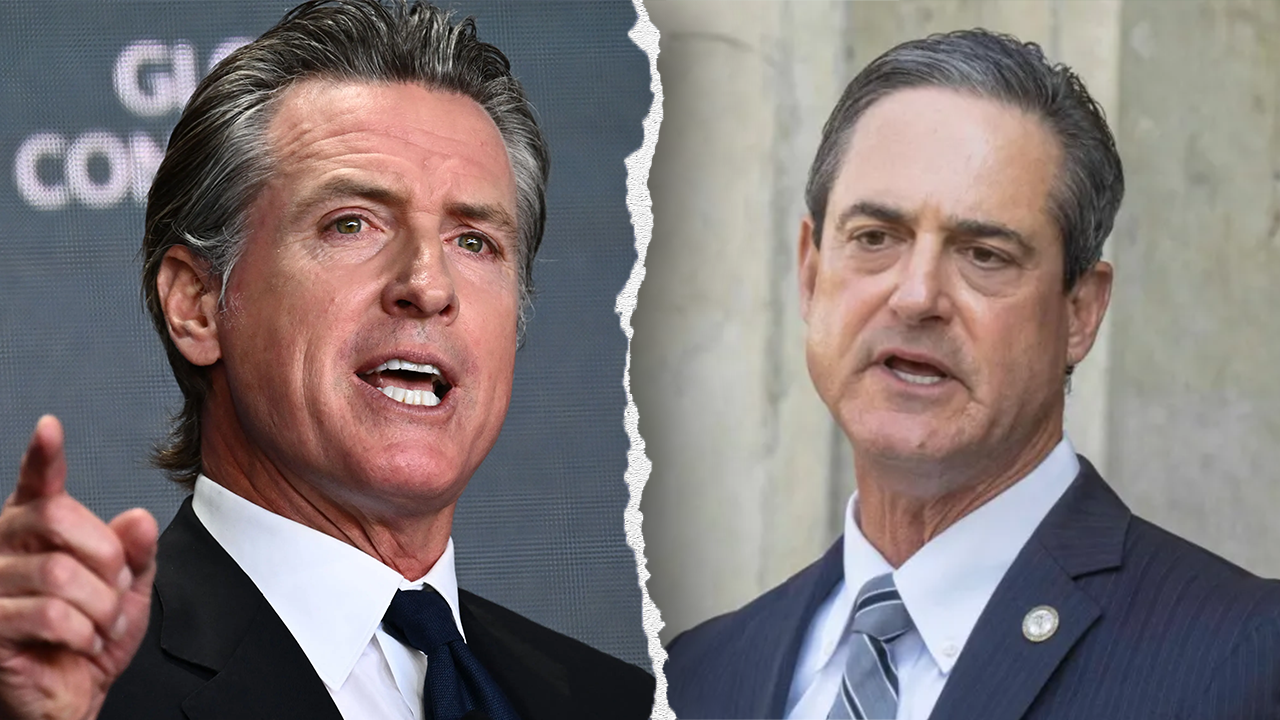Posted on Thursday, April 24, 2025
|
by Shane Harris
|
1 Comments
|
President Donald Trump’s announcement this week that tariffs on Chinese goods will soon be coming down “substantially” was treated by a gloating corporate media as an admission of defeat from the White House. However, for anyone familiar with Trump’s signature bold approach to dealmaking, the news was just another sign that the president’s strategy was going exactly according to plan.
It was never any secret how Trump was going to approach tariffs and trade in his second term. In fact, he laid it all out nearly 40 years ago in his first and most famous book, The Art of the Deal.
Along with several other noteworthy insights that illuminate how Trump approaches the presidency, he explains his simple approach to dealmaking: come in with a ridiculous ask and keep pushing until you get something close to what you want. It’s the business equivalent of the cliché seen in so many inspirational Instagram posts and motivational posters in elementary school classrooms: “shoot for the moon, even if you miss, you’ll land among the stars.”
Of course, when it comes to real estate deals worth hundreds of millions of dollars, things get a bit more complicated than one pithy saying. However, throughout his career in both business and politics, Trump has adhered to that same basic strategy – go big, and even if you fall short, it will still probably be better than anyone believed it could be.
That was the case with the U.S.-Mexico-Canada Agreement (USMCA), one of Trump’s signature trade victories from his first term, which replaced the North American Free Trade Agreement (NAFTA). When Trump promised to replace NAFTA on the campaign trail in 2016, the economic “experts” mocked him. After all, successive U.S. presidents from both parties had tried and failed to finalize a new trade deal with America’s closest neighbors.
But no American leader had ever tackled the problem the way Trump did. After making initial demands far above what he knew Canada and Mexico could accept, the final version of USMCA was still a landmark victory for American businesses and workers, rebalancing trade on the continent. The experts were wrong – and not for the last time.
Trump used the same approach to ink his first trade deal, the U.S.-Korea Free Trade Agreement, and later to forge a “phase one” trade agreement with China before the COVID-19 pandemic blew up those talks.
This time around, Trump’s methods have been different, but the results have been largely the same. Instead of targeting one trade deal at a time for renegotiation, Trump has used tariffs as leverage to force virtually every country in the world to the negotiating table – and it’s working.
White House Press Secretary Karoline Leavitt announced on Tuesday that the administration has received 18 trade proposals so far, and that White House officials have meetings with 34 countries this week alone. Trump is utilizing the best leverage that the country has – access to the richest market in the world – to demand more fair treatment for American businesses and workers in the global market.
The media and elected Democrats have also lambasted Trump for the supposedly “chaotic” nature of his tariff announcements. But again, The Art of the Deal disproves this narrative. Another key feature of Trump’s negotiating style is flexibility.
“I also protect myself by being flexible,” Trump writes. “I never get too attached to one deal or one approach. For starters, I keep a lot of balls in the air because most deals fall out, no matter how promising they seem at first. In addition, once I’ve made a deal, I always come up with at least a half dozen approaches to making it work, because anything can happen, even to the best-laid plans.”
This is precisely what Trump has done when it comes to tariffs and renegotiating trade deals. Journalists might be upset that their tariff stories are outdated almost as soon as they are published, but Trump wisely recognizes that the United States is in the driver’s seat – the rest of the world must react to us, not the other way around.
In their rush to declare Trump’s tariff strategy a flop, the corporate media once again have revealed more about themselves than about the policy at hand. They crave predictability and conventionality, not results.
But Trump isn’t playing to the pundit class – he’s playing to steel workers in Pittsburgh whose jobs were shipped overseas and the autoworker in Detroit whose neighborhood has been ravaged by poverty, drugs, and despair. Trump’s willingness to embrace uncertainty, leverage American economic power, and pivot when necessary may confound the commentariat, but it’s classic Trump.
In truth, the media’s coverage says less about trade policy and more about their discomfort with a president who negotiates like a builder, not a bureaucrat. Tariffs were never the ultimate goal – they were a tool. And now that the rest of the world is clamoring for deals, the same critics who mocked Trump’s opening bid will soon be left scrambling to explain a successful outcome.
Shane Harris is the Editor-in-Chief of AMAC Newsline. You can follow him on X @shaneharris513.
Read the full article here











